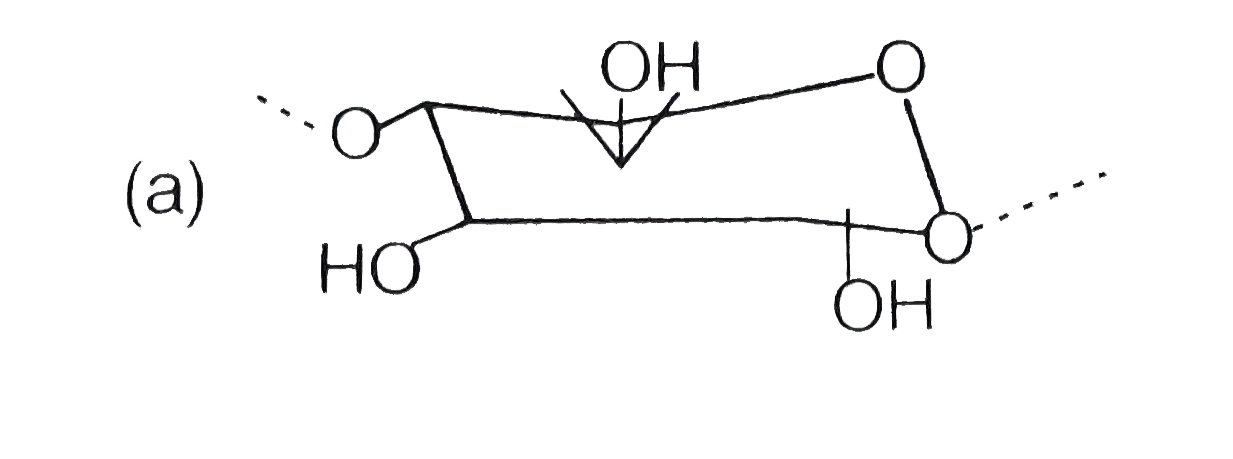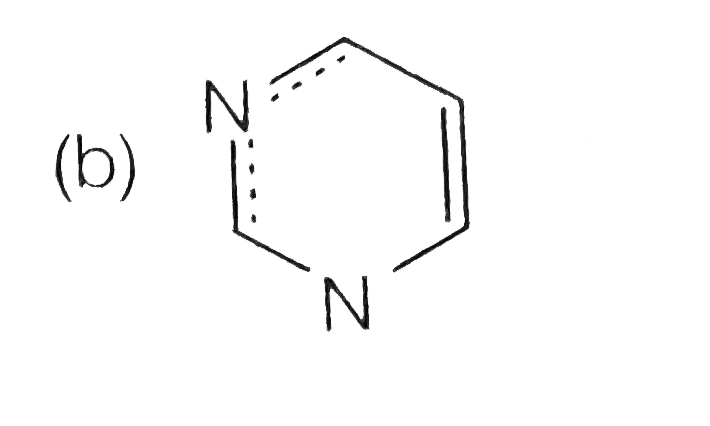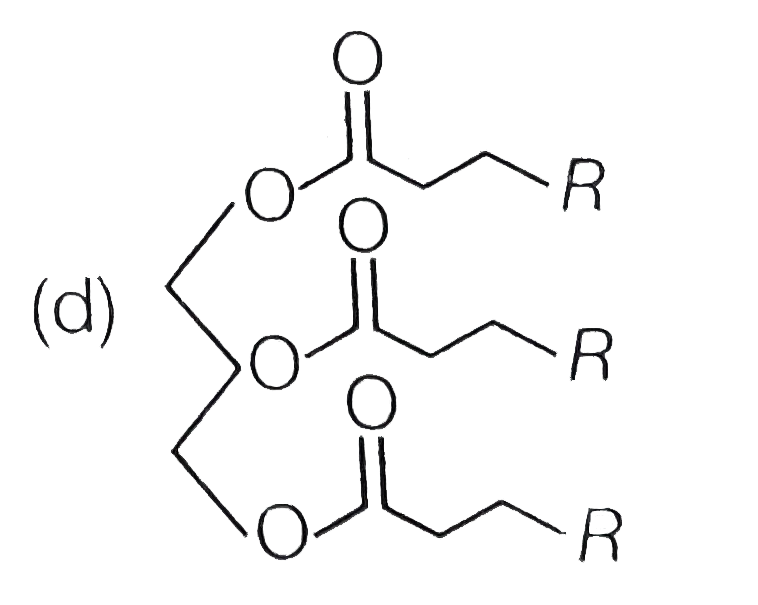In the sieve elements, which one of the following is the most likely function of P-protein-
(a) Autolytic enzymes
(b) Sealing mechanism on wounding
(c) Providing energy of active translocation
(d) Deposition of callose on sieve plates
Deposition of callose on sieve plates
Providing energy for active translocation
Autolytic enzymes
Sealing mechanism on wounding
The correct Answer is:D
Step by step video solution for In the sieve elements, which one of the following is the most likely function of P-protein-(a) Autolytic enzymes (b) Sealing mechanism on wounding (c) Providing energy of active translocation (d) Deposition of callose on sieve plates by Biology experts to help you in doubts & scoring excellent marks in Class 12 exams.
Updated on:21/07/2023Topper's Solved these Questions
- STRUCTURAL ORGANISATION IN PLANTS (MOPRHOLOGY OF FLOWERING PLANTS & ANATOMY OF FLOWERING PLANTS)BOOK - ALLENCHAPTER - STRUCTURAL ORGANISATION IN PLANTS (MOPRHOLOGY OF FLOWERING PLANTS & ANATOMY OF FLOWERING PLANTS)EXERCISE - AIPMT 2007
2 Videos
- STRUCTURAL ORGANISATION IN PLANTS (MOPRHOLOGY OF FLOWERING PLANTS & ANATOMY OF FLOWERING PLANTS)BOOK - ALLENCHAPTER - STRUCTURAL ORGANISATION IN PLANTS (MOPRHOLOGY OF FLOWERING PLANTS & ANATOMY OF FLOWERING PLANTS)EXERCISE - AIIMS 2010
1 Videos
- STRUCTURAL ORGANISATION IN PLANTS (MOPRHOLOGY OF FLOWERING PLANTS & ANATOMY OF FLOWERING PLANTS)BOOK - ALLENCHAPTER - STRUCTURAL ORGANISATION IN PLANTS (MOPRHOLOGY OF FLOWERING PLANTS & ANATOMY OF FLOWERING PLANTS)EXERCISE - Exercise-II (Previous Year Questions)
1 Videos
- STRATEGIES FOR ENHANCEMENT IN FOOD PRODUCTION & ANIMAL HUSBANDRYBOOK - ALLENCHAPTER - STRATEGIES FOR ENHANCEMENT IN FOOD PRODUCTION & ANIMAL HUSBANDRYEXERCISE - Question
47 Videos
- STRUCTURAL ORGANISATION OF ANIMALS (ANIMALTISSUE)BOOK - ALLENCHAPTER - STRUCTURAL ORGANISATION OF ANIMALS (ANIMALTISSUE)EXERCISE - S
32 Videos
Similar Questions
Which one of the following chemical units is certainly to be found in enzymes ?
(a)
(b)
(c)
(d)
View SolutionWhich of the following ways is most likely to decrease the genetic diversity in a population ?
(a) Gene mutation
(b) Genetic recombination
(c) Stabilising natural selection
(d) Immigration of individuals
View Solution
Knowledge Check
Which one of the following living phenomena is absent in viruses ?
(a) Mutation
(b) Replication
(c) Production of energy
(d) None of theseAMutationBReplicationCProduction of energyDNone of theseWhich of the following enzyme digests proteins in stomach?
(a) trypsin
(b) pepsin
(c) erepsin
(d) none of theseAtrypsinBpepsinCerepsinDnone of theseWhich one of the following is not an attribute of enzymes?
(a) They are specific in nature
(b) They are used in chemical reactions
(c) They are thermolabile in nature
(d) They are proteinaceous in natureAThey are specific in natureBThey are used in chemical reactionsCThey are thermolabile in natureDThey are proteinaceous in nature
Which one of the following is a trace element for animal body?
(a) Phosphorus
(b) Magnesium
(c) Chlorine
(d) Manganese
View SolutionWhich of the following is not the function of stem? (a) Storage of food (b) Provides support (c) Conduction of minerals (d) Vegetative propagation (e) Absorption of minerals
View SolutionIn which one of the following functions, white muscles are not used ?
(a) Moving of eye balls
(b) Fast and strenuous work for short duration
(c) For sustained work at a slow rate for a prolonged duration
(d) Fast flights as in sparrows
View SolutionWhich of the following will not negatively affect the activity of an enzyme?
(a) Higher temperature than optimum
(b) Lower temperature than optimum
(c) Lower pH than optimum
(d) Presence of coenzyme
View SolutionThe oxygen evolved during photosynthesis comes from water molecules . Which one of the following pairs of elements is involved in this reaction ?
(a) Magnesium and Chlorine
(b) Manganese and Chlorine
(c) Manganese and Potassium
(d) Magnesium and Molybdenum
View Solution
